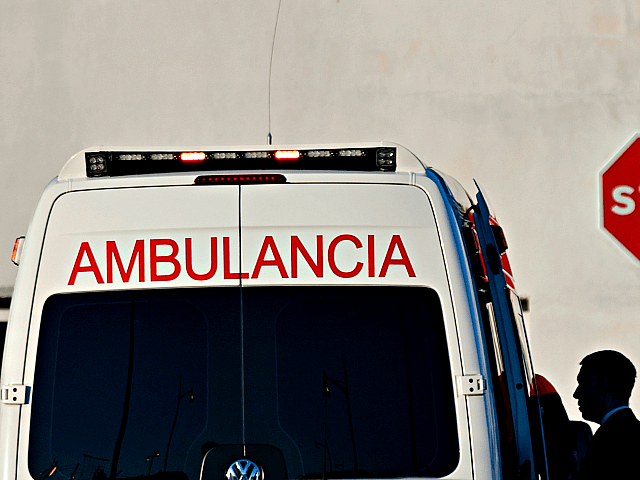Seven U.S. citizens were injured by a bomb blast on a Mexican tourist ferry on February 21, 2018. A Mexican cartel allegedly claimed responsibility for the device, thereby making the bombing a possible act of narco-terrorism. The U.S. State Department issued a security alert confirming that an “explosive device” detonated on the ferry on February 21, and that two more “undetonated explosive” devices were found on another ferry in the area.
A local media outlet, El Diario de Yucatan, reported on a narco-banner that was displayed at a local church following the explosion. The banner was represented as being from a specific cartel claiming responsibility for the explosion.
The carnage left 24 injured, including the seven U.S. citizens, and is being investigated by Mexican federal law enforcement authorities with support from the Federal Bureau of Investigation (FBI), according to a report by the Mexican news outlet Vanguardia.
That outlet also reported that the blast was caused by an explosive device that was exploded on the ferry as it disembarked at Playa del Carmen. It is suspected that the explosive device was possibly placed behind a railing in the center of the ferry, between the ground floor and the first floor, according to the preliminary investigations as reported by Vanguardia.
Breitbart Texas previously reported on the discovery of a narco-banner in the form of a tarp with a threatening message addressed to the mayor of Cozumel, Perla Tun Pech, claiming responsibility for the blast on February 21, 2018. The narco-banner which was discovered in the early morning hours of February 27, 2018 was signed by the Cártel de “El Pumba” y “Tata” and warned the same will happen to the mayor’s home. Besides the signature of “El Pumba” y “Tata,” there was also a “Z,” indicating that the authors of the banner are aligned with Los Zetas drug cartel.
It should be noted that an attack on a tourist location would be considered an alarming escalation of violence. Traditionally, tourists spots have been primarily off-limits to organized crime due to the swift government reaction it would elicit. Also, a common tactic used by drug cartels is the placing of narco-banners, re-directing blame on rivals with hopes the rival cartel would be on the receiving end of a reactive government operation.
During a press conference on March 2, 2018, attended by numerous government officials, Alfonso Navarrete Prida, secretary of the Interior, along with the state governor of Quintana Roo, Carlos Joaquín González, advised they are expecting swift investigative results related to the initial blast that occurred on February 21 and the discovery of the two additional explosive devices attached to a second tourist ferry which had been docked in Cozumel. Breitbart Texas recently reported on the discovery of two additional bombs found attached to second tourist ferry on the island of Cozumel which has sparked more fears of narco-terrorism. The second ferry had been reportedly docked for 10 months.
Due to the ongoing cartel violence, the U.S. State Department previously issued a level 2 warning for Quintana Roo—directly impacting Cancun, Playa del Carmen, and Cozumel. The level 2 advisory calls on travelers to exercise caution but does not explicitly suggest they avoid the regions.
Robert Arce is a retired Phoenix Police detective with extensive experience working Mexican organized crime and street gangs. Arce has worked in the Balkans, Iraq, Haiti, and recently completed a three-year assignment in Monterrey, Mexico, working out of the Consulate for the United States Department of State, International Narcotics and Law Enforcement Program, where he was the Regional Program Manager for Northeast Mexico (Coahuila, Tamaulipas, Nuevo Leon, Durango, San Luis Potosi, Zacatecas.)

COMMENTS
Please let us know if you're having issues with commenting.